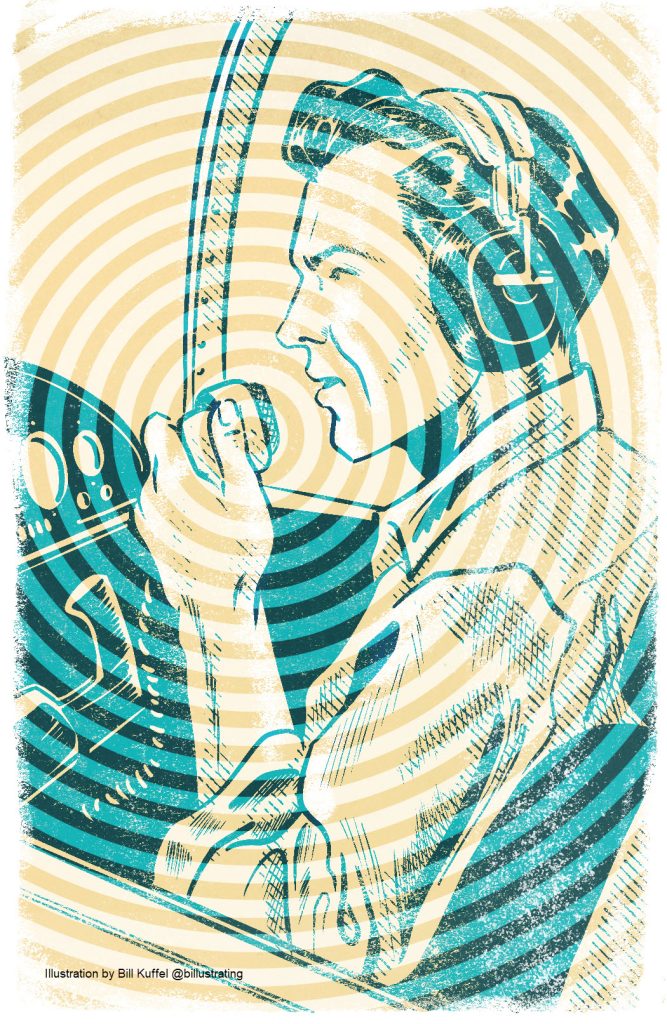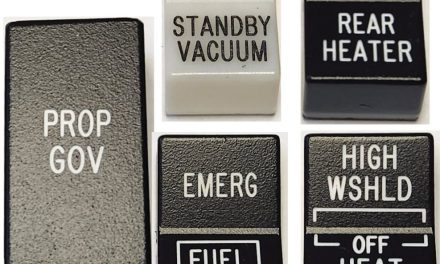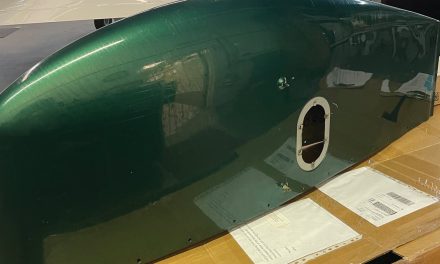By Jim Curns
A recent online discussion about coms (radios) in airplanes got the attention of a lot of participants. While the discussion was civil, it showed a lot of passion on both sides of the argument. The theme was: Should non-towered airports require all aircraft to be equipped with radios?
In places where no communication is legally required such as VFR aircraft with no electrical system flying in FAA approved airspace as NORDO, the author questioned the logic.
In the requiring radios camp were comments from a flight for life helicopter pilot wanting to have clear airspace to come into without conflict. Also mentioned was the agricultural pilot who comes in low and fast, who does not want surprise from an unannounced aircraft. A large number of pilots voiced that they didn’t want any unknown air-traffic surprises.
In the “don’t over-regulate me and leave things alone” camp were an equal number of pilots, both those with coms available and those without.
Close Calls
This discussion brought out many stories of near miss events that each pilot had encountered. Most, if not all of these, happened between planes where both had communication devices on board.
This made me reflect on my own experiences with close calls. Three came to mind, and all of them involved perfectly good radios in both planes.
- In my local area, we sometimes fly to lunch at a grass strip that is non-towered (of course). It can get pretty busy on a nice day, as in a plane landing every minute or two. I made an announcement on my com five miles out and inbound, then again when entering the pattern, downwind, base and final. I got a surprise! An unexpected wing man in a Cessna 150 turned into my path about 15 feet above me and 20 feet to my left. I radioed that I was on final and did the 150 see the Cherokee, 20 feet right and below him? I gave those calm directions, as I needed him to know exactly where I was. He apologized and turned left. Clearly he had a radio.
- I had just departed Cuyahoga County Airport (KCGF) in Cleveland, Ohio, when a Cessna 310 crossed at 90 degrees while climbing only about 300 feet in front of me. My best guess is that every 310 has at least one good radio in the plane.
- I was almost to touchdown on a local grass runway, when I saw an oncoming Cherokee about 30-40 feet from touchdown coming toward me from the other end of the runway. The winds had become calm and I was flying the same direction as earlier flights. Someone giving rides was taking the efficient way back to waiting passengers. I went right and he landed.
What Should We Do?
While we think our radio calls are always helpful, not all of them seem to be. Why is that? My personal theory is that we often think we know where we are, but misjudge distances or positions to some degree.
I will go back to the original question about requiring radios in all aircraft. Would that make us safer? I don’t think so. The NORDO pilot already has his or her head on a swivel looking for traffic.
Even though most planes are equipped with ADS-B and that is a good way to ascertain traffic, looking out the windshield is still the best avoidance tool.
Let’s stop assuming we know where the unseen traffic is and make sure we spend more time with eyes outside.
Jim Curns has been around airplanes since the mid-1960s. After starting a business and a family, he learned to fly. He has owned ultralight, experimental, Cessna, and Piper aircraft.






